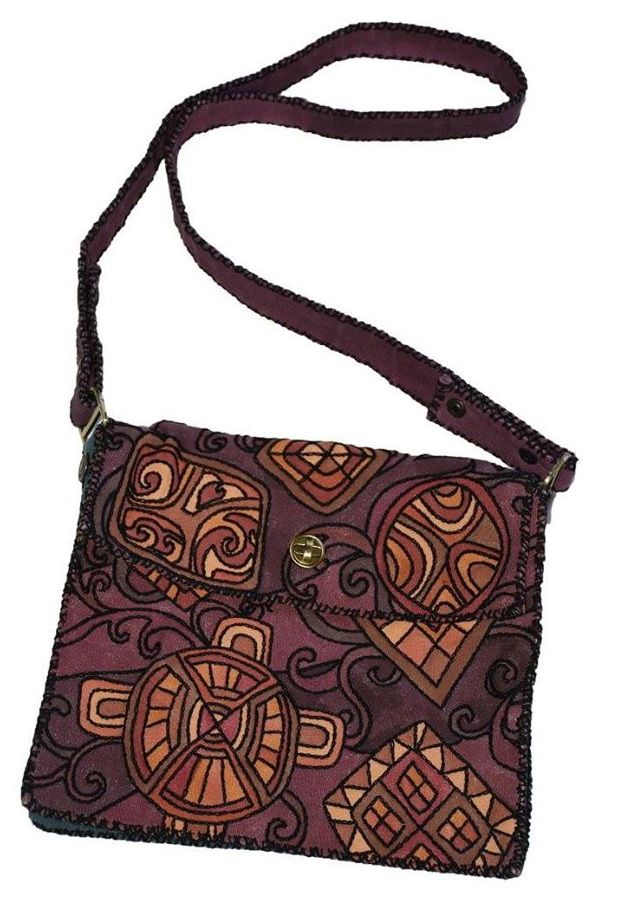 The Ming and Qing Dynasties
In Ming (1368-1644) times, both men and women wore voluminous clothing, a long robe with wide sleeves for men, a shorter robe worn over a wide skirt for women. In the early and middle Ming, there was a revival of the Tang style of empire-line dresses worn with short jackets, especially for young women. For much of its nearly three centuries of existence, the Ming was a time of prosperity and expanding production of goods of all kinds; there was a concomitant expansion of the type and variety of clothing available to all but the poorest members of society. Cotton, which had been introduced into China during the Song Dynasty, began to be raised extensively in several parts of the country. A short indigo-dyed cotton jacket worn over similar calf-length trousers (for men) or a skirt (for women) became and remained the characteristic dress of Chinese peasants and workers. Cotton batting substituted, in cheaper clothing, for silk floss in padded winter garments.
The Ming and Qing Dynasties
In Ming (1368-1644) times, both men and women wore voluminous clothing, a long robe with wide sleeves for men, a shorter robe worn over a wide skirt for women. In the early and middle Ming, there was a revival of the Tang style of empire-line dresses worn with short jackets, especially for young women. For much of its nearly three centuries of existence, the Ming was a time of prosperity and expanding production of goods of all kinds; there was a concomitant expansion of the type and variety of clothing available to all but the poorest members of society. Cotton, which had been introduced into China during the Song Dynasty, began to be raised extensively in several parts of the country. A short indigo-dyed cotton jacket worn over similar calf-length trousers (for men) or a skirt (for women) became and remained the characteristic dress of Chinese peasants and workers. Cotton batting substituted, in cheaper clothing, for silk floss in padded winter garments.
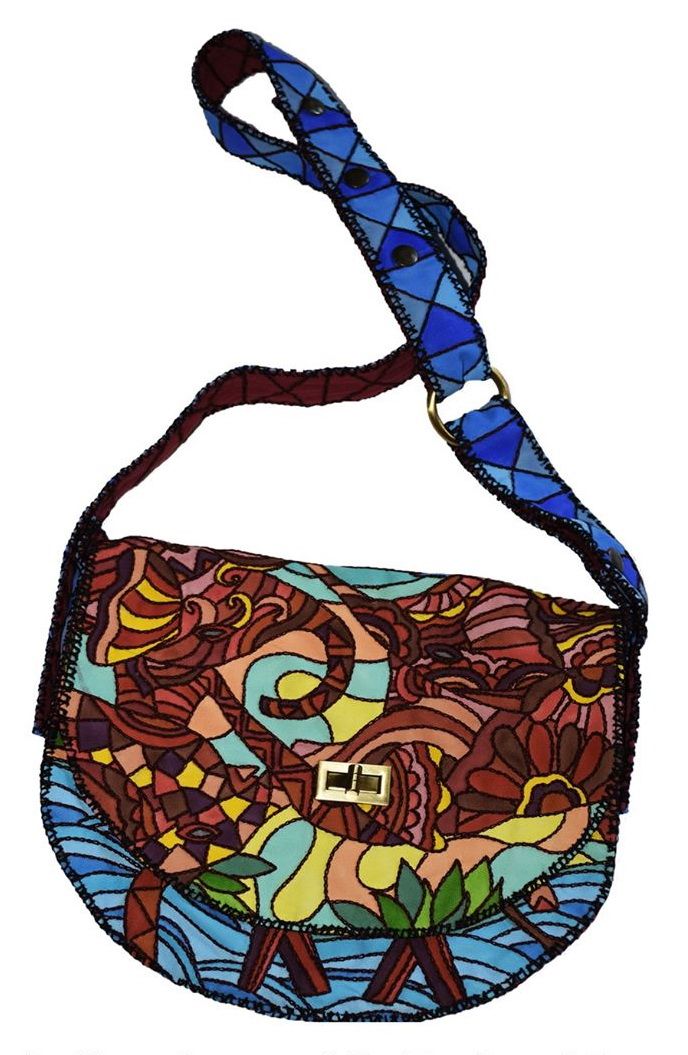
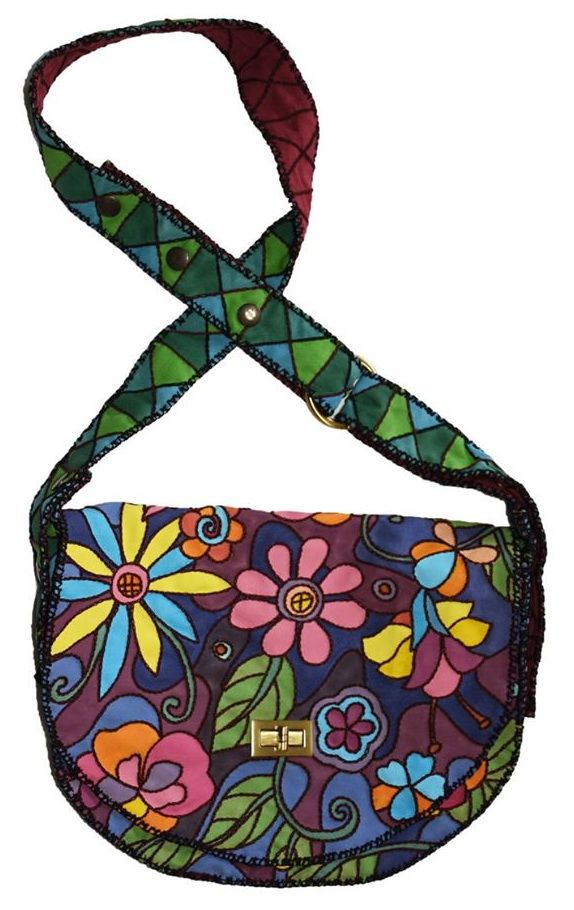 The dragon robe was adopted for standard court wear for emperors, members of the imperial clan, and high officials. The dragon robe evolved a standard vocabulary of motifs and symbols; typically such a robe was embroidered with large dragons, coiling in space and with the head shown frontally, on the chest and back; smaller dragon roundels on the shoulders and on the skirt of the robe; the space around the dragons embroidered with other auspicious symbols, and the bottom hem showing ocean waves and the peak of Mt. Kunlun, the mountain at the center of the world. The background color of the robe indicated rank and lineage, with bright yellow limited to use by the emperor himself. Official court robes for women were similar but decorated with phoenixes (mythical birds depicted as similar to pheasants or peacocks), the feminine yin to the male yang of the dragon. (Hangings, banners, and other decorative items showing both a dragon and a phoenix are wedding emblems.)
The dragon robe was adopted for standard court wear for emperors, members of the imperial clan, and high officials. The dragon robe evolved a standard vocabulary of motifs and symbols; typically such a robe was embroidered with large dragons, coiling in space and with the head shown frontally, on the chest and back; smaller dragon roundels on the shoulders and on the skirt of the robe; the space around the dragons embroidered with other auspicious symbols, and the bottom hem showing ocean waves and the peak of Mt. Kunlun, the mountain at the center of the world. The background color of the robe indicated rank and lineage, with bright yellow limited to use by the emperor himself. Official court robes for women were similar but decorated with phoenixes (mythical birds depicted as similar to pheasants or peacocks), the feminine yin to the male yang of the dragon. (Hangings, banners, and other decorative items showing both a dragon and a phoenix are wedding emblems.)
 Associated with the dragon robe and the codification of court attire was the use of so-called "Mandarin squares," embroidered squares of cloth that were worn as badges of office for civil and military officials. These indicated rank in the official hierarchy by a set of sixteen animal or bird emblems-for example, a leopard for a military official of the third rank, a silver pheasant for a civil official of the fifth rank. These embroidered squares were made in pairs to be worn on the back and front of an official's plain over-robe, the front square split vertically to accommodate the robe's front-opening design.
Associated with the dragon robe and the codification of court attire was the use of so-called "Mandarin squares," embroidered squares of cloth that were worn as badges of office for civil and military officials. These indicated rank in the official hierarchy by a set of sixteen animal or bird emblems-for example, a leopard for a military official of the third rank, a silver pheasant for a civil official of the fifth rank. These embroidered squares were made in pairs to be worn on the back and front of an official's plain over-robe, the front square split vertically to accommodate the robe's front-opening design.

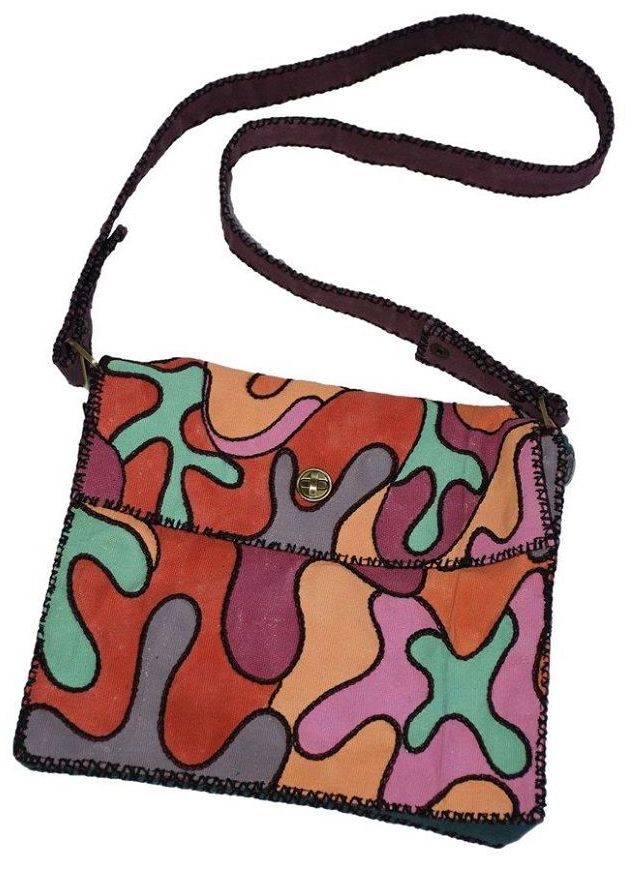 The Qing Dynasty (1644-1911) brought new rulers to China-Manchus from the northeast, who overthrew the Ming Dynasty and preserved their hold on imperial power in part by being careful to preserve Manchu dress and other customs in order to keep the small population of conquerors from being submerged culturally by the much more numerous Chinese. The Manchus introduced new styles of clothing for official use; men were to wear short robes with trousers or wide skirts, cut more closely to the body than the flowing Ming styles, fastening at the right shoulder and with a high slit in front to accommodate horse-riding. A distinctive feature of the Manchu robe was its "horseshoe sleeves," designed to cover and protect the back of a rider's hands. Other Manchu styles were the "banner robe" (qipao), a straight-cut long robe worn by Manchu troops, and the "long gown" (chang-shan), a straight, ankle-length garment worn by Manchu women (who wore platform shoes on their unbound feet). Ethnic Chinese women wore loose-fitting jackets over wide skirts or trousers, often cut short enough to reveal the lavishly embroidered tiny shoes of their bound feet.
The Qing Dynasty (1644-1911) brought new rulers to China-Manchus from the northeast, who overthrew the Ming Dynasty and preserved their hold on imperial power in part by being careful to preserve Manchu dress and other customs in order to keep the small population of conquerors from being submerged culturally by the much more numerous Chinese. The Manchus introduced new styles of clothing for official use; men were to wear short robes with trousers or wide skirts, cut more closely to the body than the flowing Ming styles, fastening at the right shoulder and with a high slit in front to accommodate horse-riding. A distinctive feature of the Manchu robe was its "horseshoe sleeves," designed to cover and protect the back of a rider's hands. Other Manchu styles were the "banner robe" (qipao), a straight-cut long robe worn by Manchu troops, and the "long gown" (chang-shan), a straight, ankle-length garment worn by Manchu women (who wore platform shoes on their unbound feet). Ethnic Chinese women wore loose-fitting jackets over wide skirts or trousers, often cut short enough to reveal the lavishly embroidered tiny shoes of their bound feet.
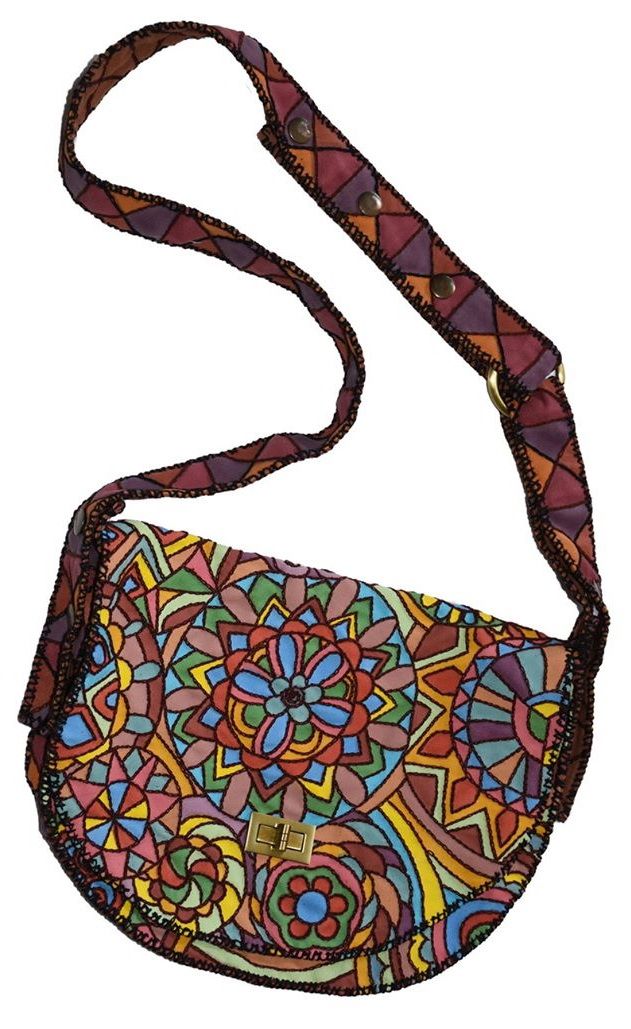
 At court, the emperor, his kinsmen, and high officials wore dragon robes, the symbolic elements of which had been elaborately codified in the mid-eighteenth century; other officials wore plain robes with Mandarin squares. For all ranks, conical hats with narrow, upturned brims were worn for official occasions; buttons of precious or semiprecious stones at the hat's peak also indicated the wearer's rank.
At court, the emperor, his kinsmen, and high officials wore dragon robes, the symbolic elements of which had been elaborately codified in the mid-eighteenth century; other officials wore plain robes with Mandarin squares. For all ranks, conical hats with narrow, upturned brims were worn for official occasions; buttons of precious or semiprecious stones at the hat's peak also indicated the wearer's rank.
Throughout China's history, the country's population has included many minority peoples whose language, dress, food, and other aspects of culture have been and remain quite different from those of the Han (Chinese) ethnic majority.
Chinese Dress in the Twentieth Century After the Nationalist Revolution of 1911, it was widely felt in China that, after a century of foreign intrusion and national decline, the country needed to rid itself of old customs in order to compete with the other nations of the modern world. Thus began a search for new styles of clothing that were both "modern" and "Chinese."
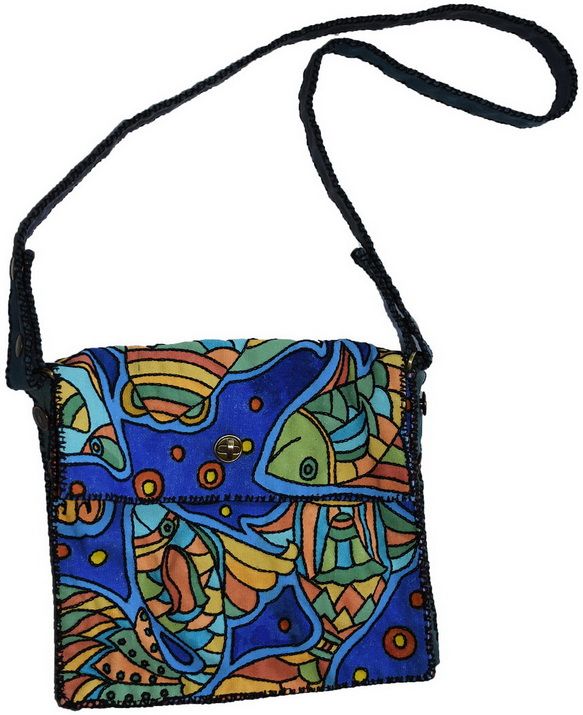
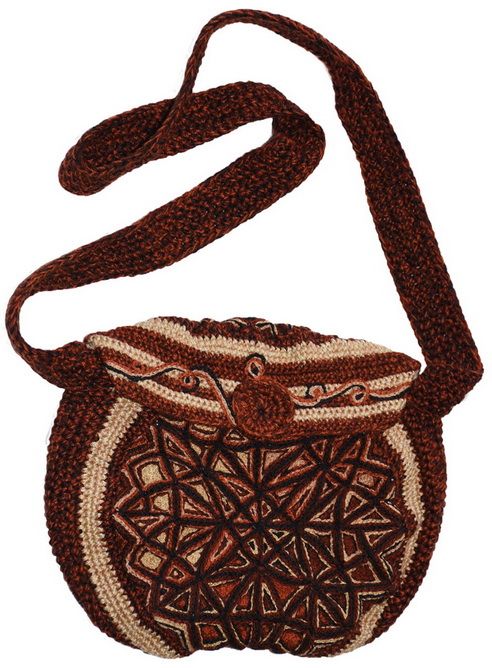 The simple adoption of Western clothing was not a popular choice; foreign menswear was associated with Chinese employees of foreign companies, who were derided for being unpatriotic; fashionable Western women's clothing struck many Chinese as both immodest and odd. Loose, baggy Western dresses introduced at some missionary schools in China were modest but unattractive.
The simple adoption of Western clothing was not a popular choice; foreign menswear was associated with Chinese employees of foreign companies, who were derided for being unpatriotic; fashionable Western women's clothing struck many Chinese as both immodest and odd. Loose, baggy Western dresses introduced at some missionary schools in China were modest but unattractive.
Many men continued to wear a form of traditional clothing until the mid-twentieth century-a plain, blue, long gown for scholars and older, urban men, jacket and trousers of indigo-dyed cotton for workers. But among urban elites, there emerged in the 1910s a new outfit, based on Prussian military dress and seen first in China in school and military-cadet uniforms; this had a fitted jacket fastened with buttons in front, decorated with four pockets, and made "Chinese" by the use of a stiff, high "Mandarin" collar, worn over matching trousers. This suit was often made, Western-style, in woolen cloth, the first time that wool had ever been the basis of an important Chinese garment type. This outfit became known as the Sun Yat-sen suit, after the father of the Chinese revolution.
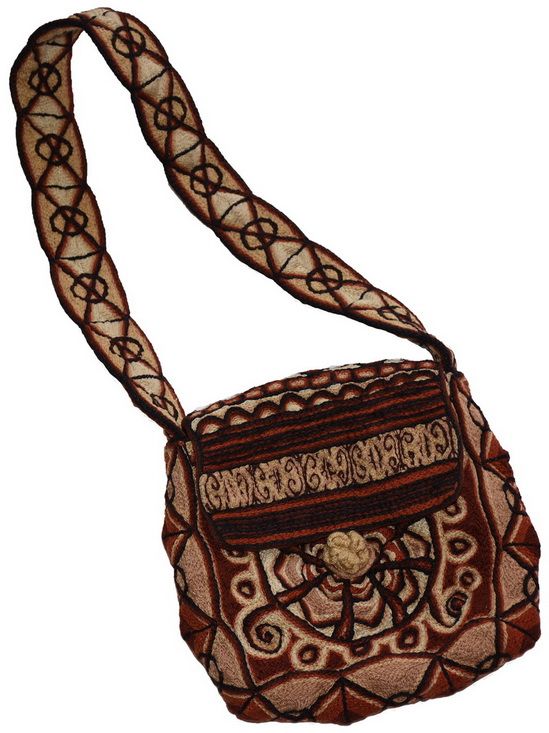 Several proposals for creating a modern women's dress for China met with little enthusiasm, but in China's cities, and especially in Shanghai, women and their dressmakers were trying out a modern variation of Manchu dress that was to have lasting consequences. The Manchu "banner robe" (qipao) and "long gown" (changshan, generally known in the West by its Cantonese pronunciation, cheongsam) were adapted by fashionable women to be somewhat more tightly fitting, with a closure folded left-over-right to the shoulder, then down the right seam, often fastened with decorative "frogs" (cloth buttons and loops), and sometimes with a slit to knee height.
Several proposals for creating a modern women's dress for China met with little enthusiasm, but in China's cities, and especially in Shanghai, women and their dressmakers were trying out a modern variation of Manchu dress that was to have lasting consequences. The Manchu "banner robe" (qipao) and "long gown" (changshan, generally known in the West by its Cantonese pronunciation, cheongsam) were adapted by fashionable women to be somewhat more tightly fitting, with a closure folded left-over-right to the shoulder, then down the right seam, often fastened with decorative "frogs" (cloth buttons and loops), and sometimes with a slit to knee height.
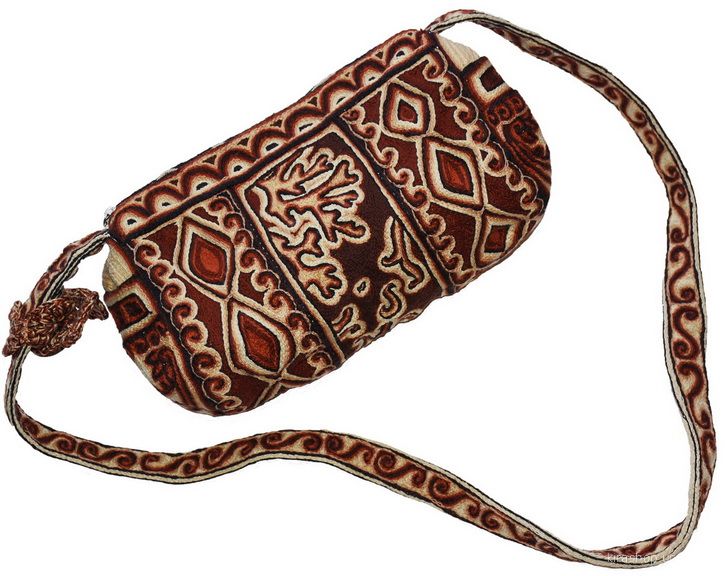 This new style, in colorful silk, rayon, or printed cotton, was widely publicized in "calendar girl" advertising prints of the 1920s and 1930s, and soon became firmly entrenched as China's appropriately modern women's wear. The qipao (or cheongsam) continued to evolve to become more form fitting, and by the mid-twentieth century was widely accepted, both in China and the West, as China's "traditional" women's dress.
This new style, in colorful silk, rayon, or printed cotton, was widely publicized in "calendar girl" advertising prints of the 1920s and 1930s, and soon became firmly entrenched as China's appropriately modern women's wear. The qipao (or cheongsam) continued to evolve to become more form fitting, and by the mid-twentieth century was widely accepted, both in China and the West, as China's "traditional" women's dress.
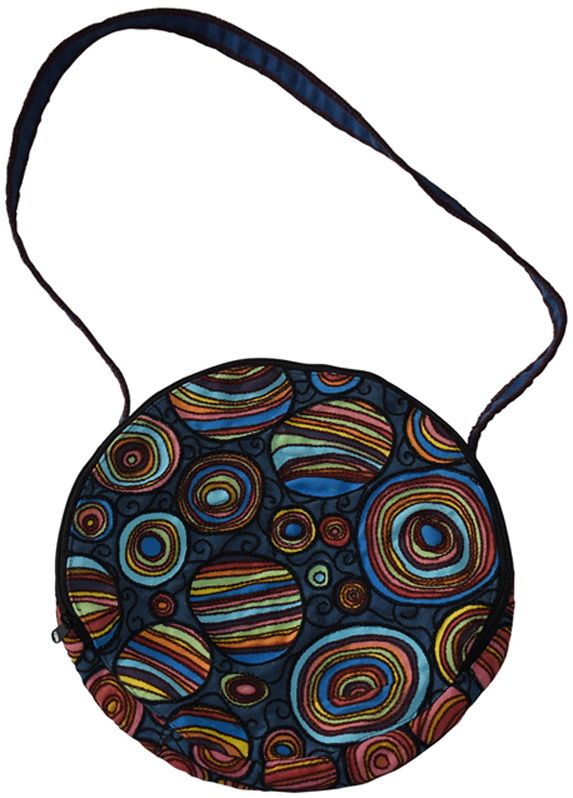 For a few years after the Communist revolution of 1949, older forms of dress, including the man's long "scholar's robe" and the women's qipao, continued to be worn in China. But by the late 1950s, there was strong political and social pressure for people to dress in "modest, revolutionary" styles-the Sun Yat-sen suit (usually in blue cotton, now beginning to be known as a "Mao suit"), or as an alternative, a modest blouse and calf-length skirt. By the time of the Cultural Revolution (1966-1976), the qipao had been denounced as "feudal," and the wearing of the blue Mao suit was nearly obligatory.
For a few years after the Communist revolution of 1949, older forms of dress, including the man's long "scholar's robe" and the women's qipao, continued to be worn in China. But by the late 1950s, there was strong political and social pressure for people to dress in "modest, revolutionary" styles-the Sun Yat-sen suit (usually in blue cotton, now beginning to be known as a "Mao suit"), or as an alternative, a modest blouse and calf-length skirt. By the time of the Cultural Revolution (1966-1976), the qipao had been denounced as "feudal," and the wearing of the blue Mao suit was nearly obligatory.
 Fashion made a cautious return to China in 1978, with the promulgation of the post-Mao "Four Modernizations" program of economic reform. By the early 1980s, fashion magazines had resumed publication, fashion shows were held in major cities, and fashion design and related subjects were beginning to be taught once again at the high school and college level. The qipao also has had a revival, both in China and in overseas Chinese communities, as formal wear that conveys a sense of ethnic pride, and as "traditional" dress worn by women in the hospitality industry.
Fashion made a cautious return to China in 1978, with the promulgation of the post-Mao "Four Modernizations" program of economic reform. By the early 1980s, fashion magazines had resumed publication, fashion shows were held in major cities, and fashion design and related subjects were beginning to be taught once again at the high school and college level. The qipao also has had a revival, both in China and in overseas Chinese communities, as formal wear that conveys a sense of ethnic pride, and as "traditional" dress worn by women in the hospitality industry.
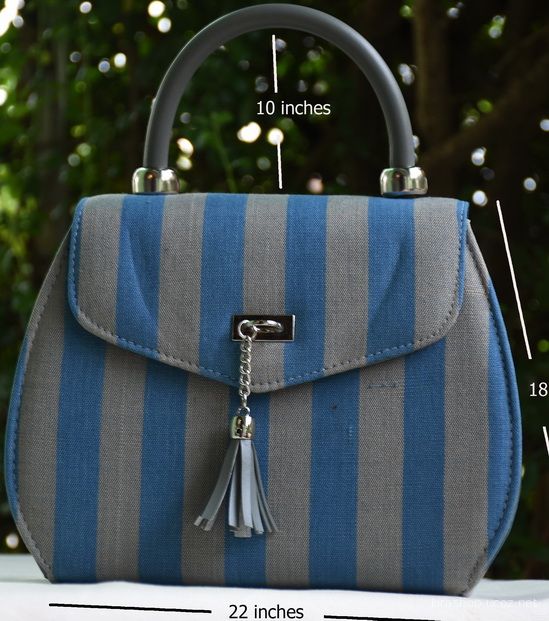 But in general, Chinese dress today is a reflection of global fashion. By the turn of the twenty-first century, prestigious international brands were a common sight in the shopping districts of Shanghai, Guangzhou, Beijing, and other major cities, and Chinese consumers were participating fully in international fashion. Meanwhile China had become the world's largest manufacturer and exporter of garments.
But in general, Chinese dress today is a reflection of global fashion. By the turn of the twenty-first century, prestigious international brands were a common sight in the shopping districts of Shanghai, Guangzhou, Beijing, and other major cities, and Chinese consumers were participating fully in international fashion. Meanwhile China had become the world's largest manufacturer and exporter of garments.
China: History of Dress By John S. Major
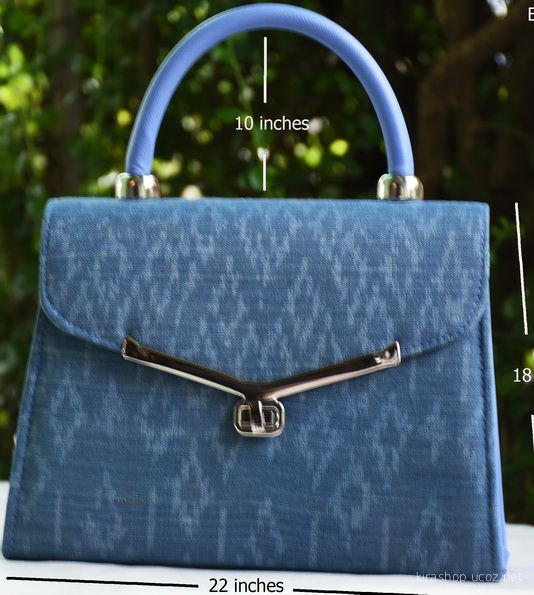 Qipao
The qipao is a Chinese dress for women. The style is also called cheongsam in Cantonese, and this term has come to be the more widely used one in English, though spelled in several different ways.
Qipao
The qipao is a Chinese dress for women. The style is also called cheongsam in Cantonese, and this term has come to be the more widely used one in English, though spelled in several different ways.
Definition of Qipao
The defining features of the dress are a fitted silhouette, a high collar, and side skirt slits. In its classic form, there is a front flap overlapping to the right, which fastens along the collarbone, under the arm, and down the right side. The details are subject to changing fashions within the limits of the basic form. It can be sleeveless, or have sleeves of any length. The hemline varies, but usually reaches somewhere between the knee and the ankle.
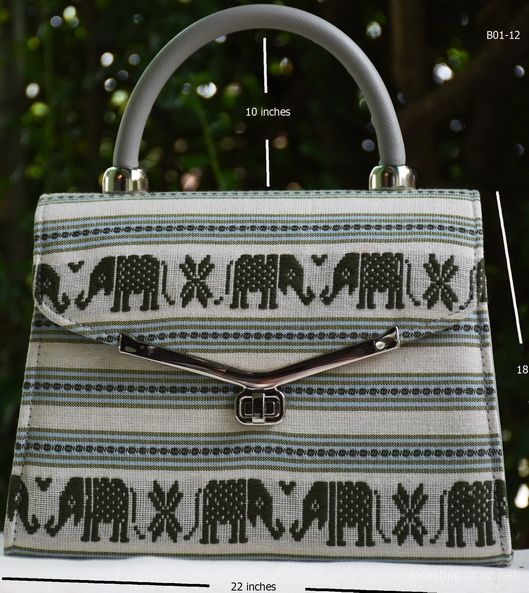
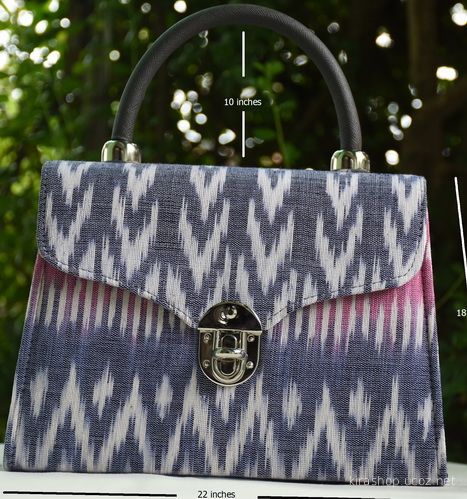 The qipao can be made of almost any fabric, although it is mostly associated with silk. The dress material can have a printed or woven repeat pattern across its surface or, if the material is plain, a favorite way of tailoring the style is for the front panel of the dress to be pre-embroidered with a sweeping floral or dragon design, leaving the back of the garment unadorned.
The qipao can be made of almost any fabric, although it is mostly associated with silk. The dress material can have a printed or woven repeat pattern across its surface or, if the material is plain, a favorite way of tailoring the style is for the front panel of the dress to be pre-embroidered with a sweeping floral or dragon design, leaving the back of the garment unadorned.
The entire dress is often edged in one or more strips of narrow binding, which is sometimes in plain-colored bias-cut satin, or else of lace or patterned ribbon. Although press-stud and zip fastenings are used, traditional knot buttons made from fabric are popular. These can be extravagantly shaped and are specially made to suit the pattern or color of the chosen dress material. To be a genuine qipao, the dress needs to be custom-made. Purchasing off the rack is not considered correct form.

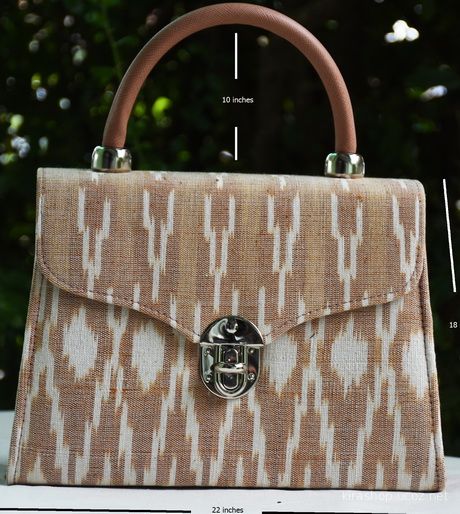 Origins and Development.
Origins and Development.
The qipao can be elegant rather than flashy. Although one of its hallmarks is a good fit, it does not need to fit tightly. In the first half of the twentieth century, there is no doubt that the qipao provided a cross-section of Chinese women with a style of dress, and consequently a mode of deportment and way of moving, that suited their increasingly public lives. But, bound up with the charges of decadence leveled at the dress, it became enmeshed in questions concerning nationalism.
At the height of the style's popularity, China, having overthrown imperial rule in 1911, was trying to forge itself into a modern nation-state. For some, certain traits of the qipao were perceived as western and therefore tainted, especially when worn with high-heeled shoes and bobbed hair. For many others, however, the qipao seemed both modern and Chinese, and Song Meiling (1897-2003), the wife of the Chinese Nationalist leader Chiang Kai-shek (1888-1975), was rarely seen in any other style and used it to good effect to rally supporters to her husband's cause.
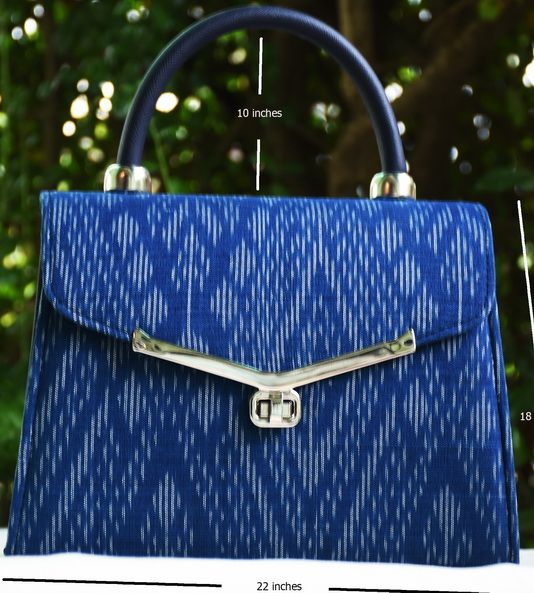 Survival
Survival
After 1949, the qipao survived outside China among overseas Chinese, in Hong Kong, a British colony until 1997, and also in Taiwan, where Chiang Kai-shek set up an opposing government after being defeated by Mao. However, in these places too, by the 1960s, a younger generation of women came to view the qipao as old-fashioned and adopted a more international style of dressing. Older women still favored it as formal wear and in Hong Kong, a big tourist destination, it became associated with the service industries as a type of uniform.
loosening up of the strictures after the death of Mao, all kinds of dress regimes became possible in greater China and the qipao was just one of several styles that was revived and also reworked by Chinese fashion designers. Hong Kong's return to the People's Republic of China heightened the profile of the dress and some saw it as a patriotic garment. Qipao are increasingly worn by students of Chinese origin at graduation ceremonies both in East Asia and in the United States. Weddings in Chinese communities across the globe provide arenas for lavish spending and the qipao has become an accepted part of the marriage ritual. Western women, too, have eagerly taken up the dress and it continues to provide inspiration for Euro-American couture designers.
Qipao By Verity Wilsonr
Footbinding
Footbinding was specific to and unique to traditional Chinese culture. Its various names conveyed its multifaceted image in Chinese eyes: chanzu (binding feet) called attention to the mundane action of swaddling the body with a piece of cloth; gongwan (curved arch) described a desired shape of the foot similar to that of a ballerina in pointe shoe; jinlian (golden lotus, also gilded lilies) evoked a utopian image of the body that was the subject of fantastical transformation. A related poetic expression of lianbu (lotus steps) suggested that foot-binding was intended to enhance the grace of the body in motion, not to cripple the woman.
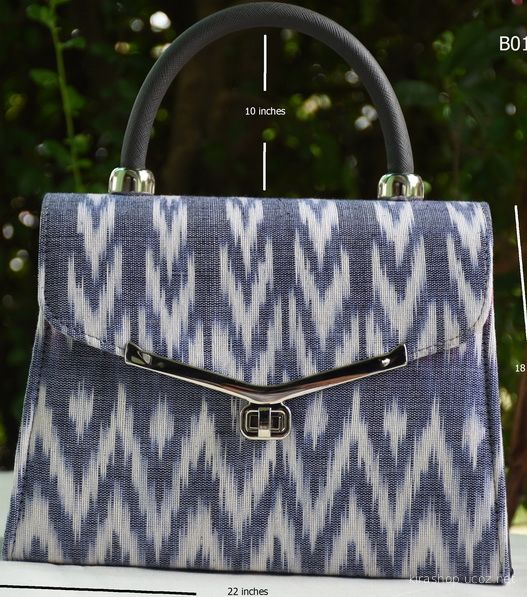
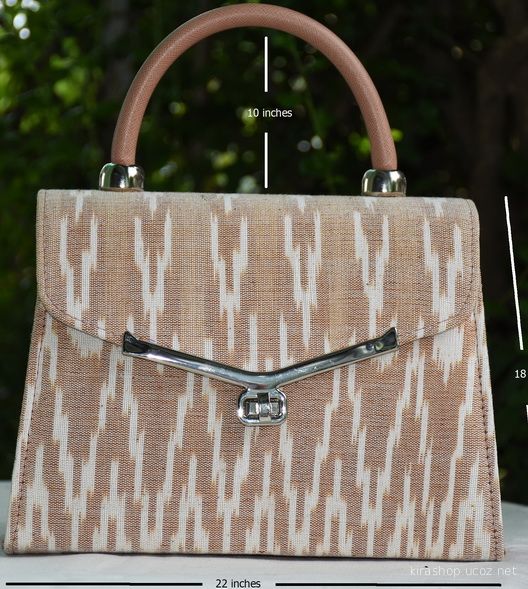 Body Modification
Body Modification
The much-maligned practice has often been compared to corsetry as evidence that women were oppressed in cultures East and West, modern and traditional. The comparison is apt albeit for different reasons. The goal of both practices was to modify the female figure with strips of carefully designed and precisely positioned fabric, and in so doing alter the way the wearer projected herself into the world. During its millennium-long history, footbinding acquired various cultural meanings: as a sign of status, civility, Han Chinese ethnicity, and femininity. But at its core it was a means of body modification, hence its history should be sought from the foundational garments of binding cloth, socks, and soft-heeled slippers.
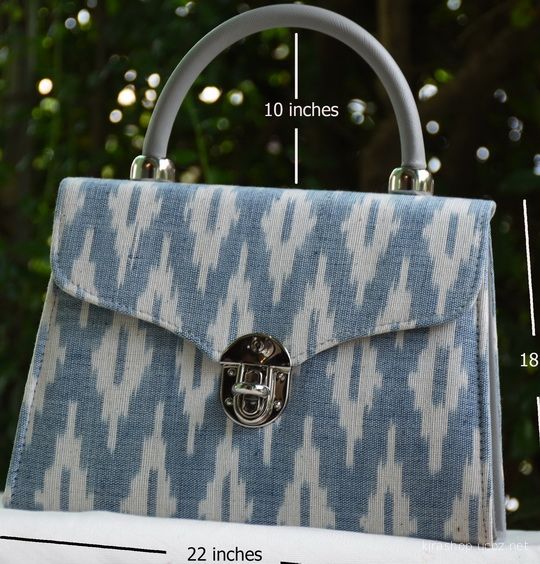 The materials needed for binding feet were specialized articles made by women (binding cloth, socks, and shoes) together with sewing implements readily available in the boudoir (scissors, needle, and thread). Alum and medicinal powder were sprinkled between the toes as an astringent. Women often wove the cotton binding cloth; its average width was three inches, and its length ranged from seven to ten inches. Skillful wrapping of the cloth allowed the woman to reshape the foot into desirable shapes in accordance to footwear fashion.
The materials needed for binding feet were specialized articles made by women (binding cloth, socks, and shoes) together with sewing implements readily available in the boudoir (scissors, needle, and thread). Alum and medicinal powder were sprinkled between the toes as an astringent. Women often wove the cotton binding cloth; its average width was three inches, and its length ranged from seven to ten inches. Skillful wrapping of the cloth allowed the woman to reshape the foot into desirable shapes in accordance to footwear fashion.
The method and style of binding feet varied greatly with geography, age, and occasion. A moderate way involved compressing the four digits into a pointy and narrow tip; an extreme regimen required both the folding of the digits and the bending of the foot at midpoint into an arch. The tendons and extensors of the toes were stretched to the point of breakage, but the breakage did not, at least in theory, require fracturing the bones. The binding of feet altered the shape of the foot and the woman's gait. Slender slippers and dainty steps signified class and desirability.
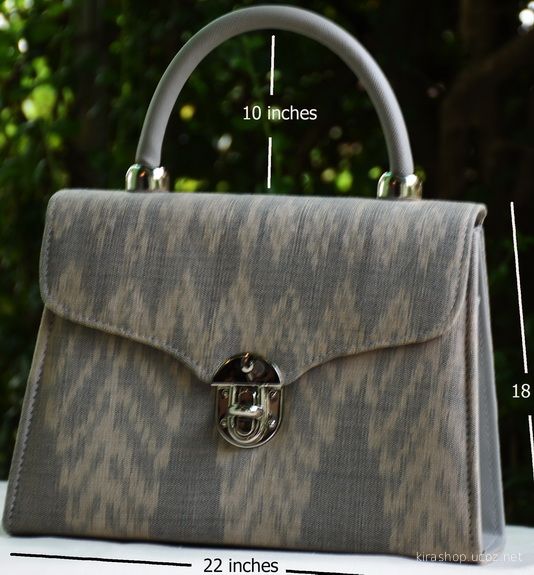 Similar to tattooing, footbinding bespeaks an attitude that viewed the body as a canvas or a template-a surface or "social skin" on which cultural meanings could be inscribed. Yet the effect of binding was more than skin deep. It signaled an extreme form of self-improvement and mastery; the contemporary body-piercer's motto of "no pain, no gain" is equally apt for Chinese women.
Similar to tattooing, footbinding bespeaks an attitude that viewed the body as a canvas or a template-a surface or "social skin" on which cultural meanings could be inscribed. Yet the effect of binding was more than skin deep. It signaled an extreme form of self-improvement and mastery; the contemporary body-piercer's motto of "no pain, no gain" is equally apt for Chinese women.
Unlike tattooing and body-piercing, however, foot-binding was only practiced by females, and its connections with the female handicraft traditions of textile, embroidery, and shoemaking rendered it a quintessential sign of feminine identity. It is paradoxical that footbinding, supposedly a signal of the woman's family status as "conspicuous leisure," was in itself a result and expression of a strenuous form of female labor.
Footbinding By Dorothy Ko
